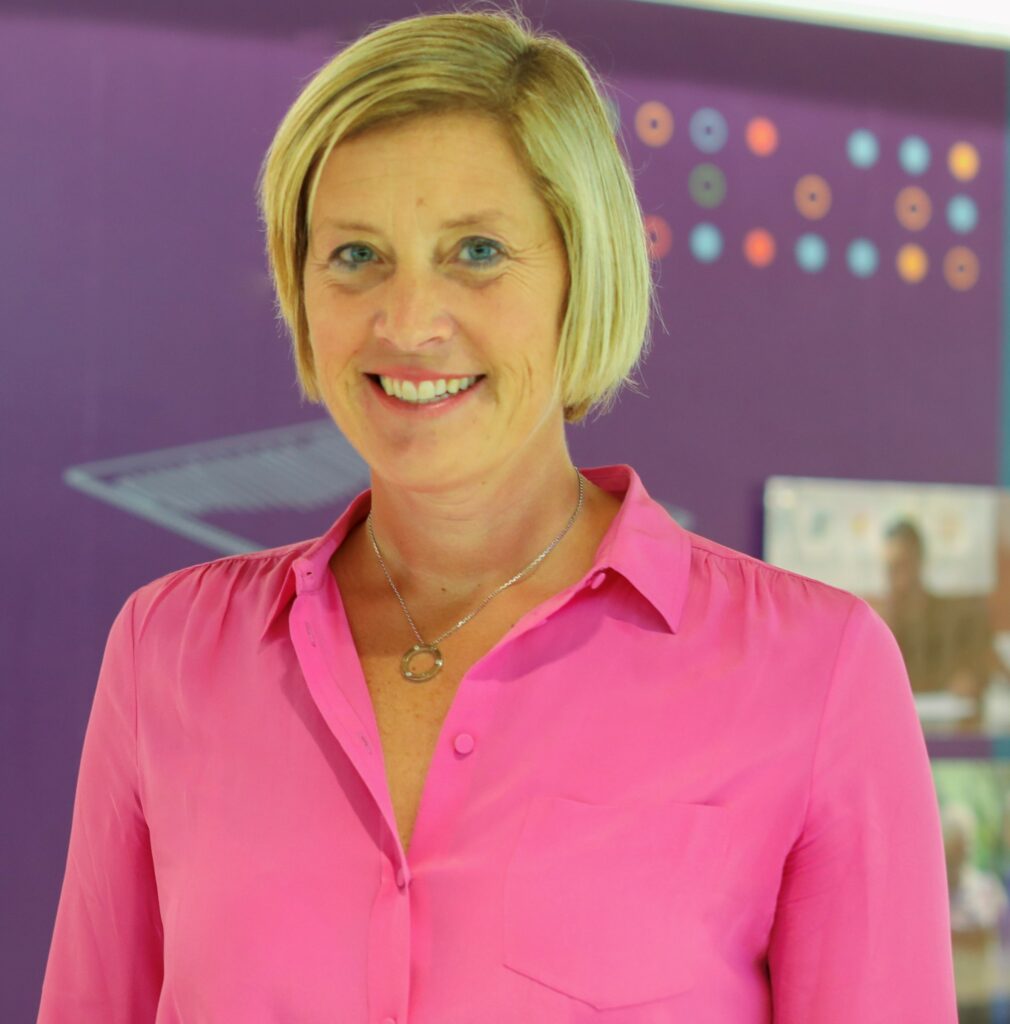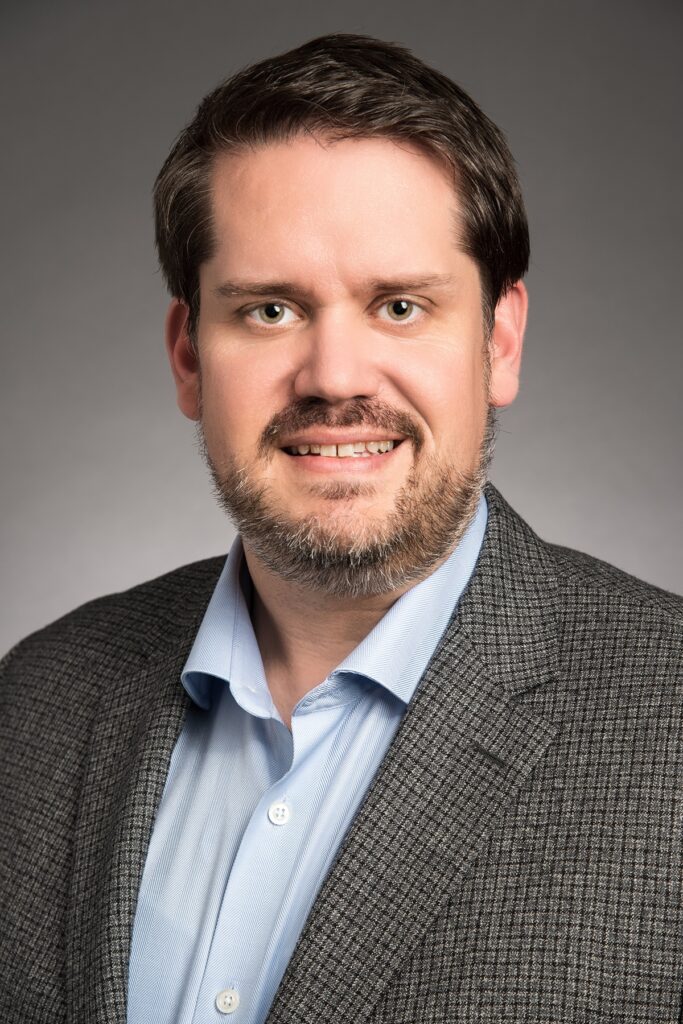As the pandemic continues to take its toll on health care workers more than two years after the initial COVID outbreak, the U.S. Surgeon General is warning about shortages in the health care industry and the need to address burnout that started well before the pandemic and was made worse by it.
Shortages of nurses is widely felt and has taken on urgency across the country, but it’s only part of the challenge. By 2025, it’s also estimated that 37 states will have a shortage of primary care physicians.
Among jobs such as health aides and nursing assistants and other lower wage scale positions, it’s projected there will be a shortage of 3.2 million workers in the next five years. Meantime, demand is growing for allied health professionals ranging from jobs as respiratory therapists to dieticians.
It comes at a time when there have been record numbers of workers in the U.S. quitting their jobs. All this is It’s leaving health care companies grappling to meet a pressing need of staff shortages and figuring out not only how to keep workers but how to attract them.
To do that, some are stepping up investments in education benefits for employees.
Making Education the Differentiator
“All of this has kind of been the perfect storm,” says Jill Buban, Ph.D., general manager and vice president of EdAssist by Bright Horizons. EdAssist partners with companies to create educational assistance programs for employees and counts 250 Fortune 500 among its clients.

Buban says health care companies are looking to make education the differentiator as they work to develop talent pipelines. She points to research commissioned by her organization that finds 73% of working adults feel new skills would give them more job opportunities, but finances are a barrier to pursuing education opportunities.
With that in mind, Buban says something different that she sees – companies using education to manage talent. “What is our talent pipeline for the next five years and who do we have within the company that instead of paying immense amounts of recruiting dollars to attract, we can reskill into these jobs?”
As an example, Buban cites a conversation with a company looking at building career pathways among existing employees. “How do we take good staff, facilities workers, or cafeteria workers and offer them an opportunity to become a medical assistant?”
To call attention to some of the education benefits considered ahead of the curve, EdAssist recognized several companies in its Smartest Employer Spotlight. Buban says the kinds of programs that stand out are customized for what works within an employer’s population. They include no-cost tuition, student loan repayment programs, flexible education benefits that include certifications and bootcamps, and providing success coaches for employees pursuing a degree or certification. Something, she says, that a majority of her clients have for students.
Getting Creative in Attracting Health Care Employees
Among the employers recognized for its education benefits is Memorial Hermann Health System, one of the largest not-for-profit health systems in southeast Texas with 29,000 employees.
“It’s very important to be creative. There are a lot of people that would love to have our employees. We want to keep them and we have vacancies ourselves that we want to fill,” says John Eshleman, director, benefits at Memorial Hermann. “Making ourselves stand out and becoming the employer of choice is very important. That’s certainly taking a lot more creativity than it would have in the past.”

Eshleman says Memorial Hermann looked to set itself apart from its competitors by offering a student repayment program in 2016 that helped boost nurse retention by 16% within a two-year period before the pandemic.
One new benefit being introduced, he says, is a low-to-no-cost program for some degrees or certifications that are in critical areas within the workforce.
Registered nurses, for example, are being offered a program to receive a bachelor of science in nursing, a higher level nursing capability that has more earning potential.
There is also a pathway being offered for respiratory therapists, a job caring for patients having breathing issues. Becoming a respiratory therapist, according to the BLS, requires an associate degree in respiratory therapy, has a median salary of $61,830, and the field is expected to grow by 23% between 2020 and 2030.
Sourcing Pipelines in New Ways
Eshleman says shortages have caused employers like his to explore new ways to source pipelines. Memorial Hermann is working with school districts and offering internships to high school students.
“We want to introduce ourselves to potential employees early in the process so that they know who we are. We can help support them through their education, and hopefully when they come out, they’ll choose to work for us,” explains Eshleman.
Another effort to build the pipeline, he says, is working with community partners in low-income areas and working with community colleges to make scholarships available.
That kind of outreach can diversify the workforce. “Our clients are seeing education as a DEI initiative,” explains Buban. “We all know that education is the great equalizer and increases access and opportunity. It’s definitely a main talking point in conversations we have with clients every day.”
Buban says if an employee can reach success, it will ultimately help contribute to a worker pipeline that can have lasting ripple effects. “At the heart of everything we do is increasing employee success in their educational pursuits, because then we know they’re more successful in their careers, their personal and professional lives, and they can contribute back to their communities.”











